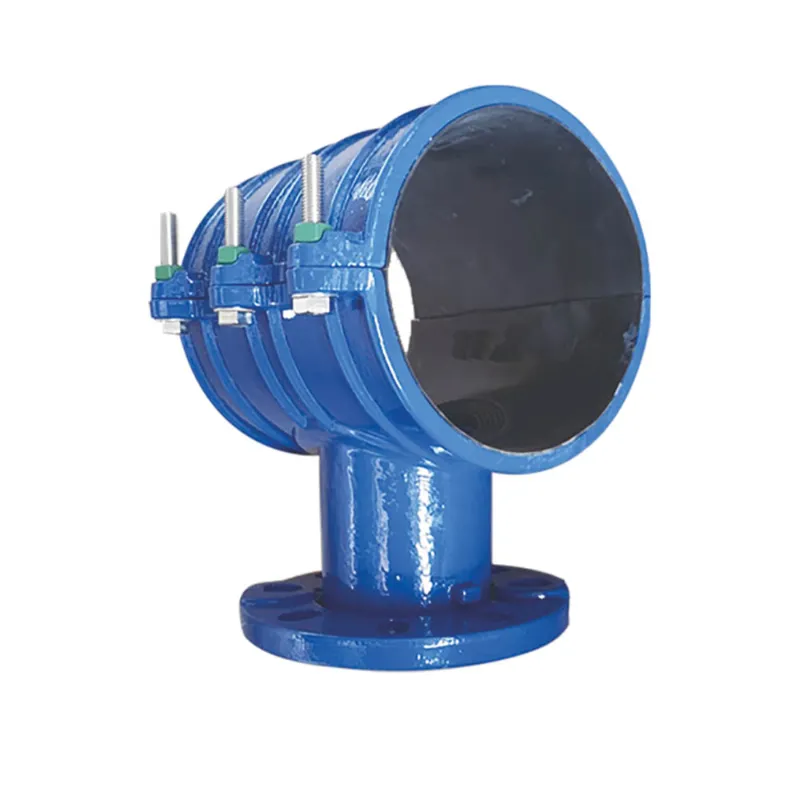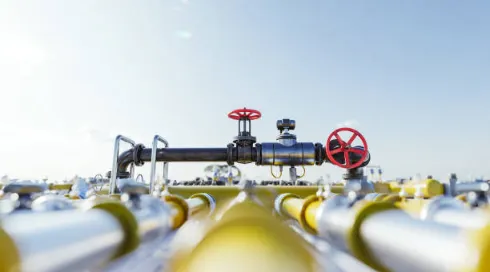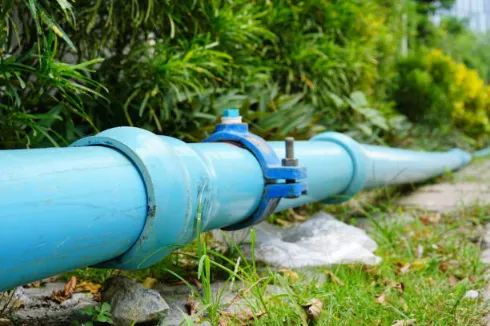Introduction
Old water systems are a big worry around the world. Many pipes, some over 100 years old, are falling apart due to rust and steady strain. Swapping them out completely is tough, way too pricey, super messy, and sometimes just not doable. That’s where saddle clamps step in, giving a helping hand to utilities trying to keep water flowing. Conflex, a top name in pipeline fixes, offers handy tools that keep things running smoothly with little fuss.
The Hidden Cost of Aging Water Systems
The global challenge of old pipelines
City and factory water networks in lots of places still use pipes laid down ages ago. Stuff like cast iron, steel, and early concrete wears out over time. Rust eats away at metal, cracks show up, and leaks waste tons of water every year. In the U.S., the EPA says old pipes lose over two trillion gallons of clean water annually, that’s water just soaking into the dirt.
Why full pipeline replacement isn’t always feasible
Digging up miles of buried pipe costs a fortune and stirs up trouble. These projects can run into billions and mess up water service for a long time. Many utilities can’t handle long shutoffs, especially in busy or industrial spots. Conflex has repair tools that skip the need for total replacement, keeping pipes working while fixes happen.
What Saddle Clamps Do and Why They Matter
A quick overview of saddle clamps
Saddle clamps are gadgets that hug a pipe to patch leaks or add new branches. They go on from the outside, so no need to cut or yank out the pipe. Whether sealing a break or hooking up a new line, they get it done fast without stopping the water.
Why they’re ideal for aging infrastructure
Old pipes are often uneven, with rust or buildup. Saddle clamps shine here, grabbing tight on cast iron, steel, HDPE, or PVC. They’re super flexible, letting utilities fix or grow networks no matter how old or beat up the pipe is.
Key Applications in Rehabilitation Projects
Branch connections for network extensions
Growing a water system often means tying new lines to old mains. Saddle clamps make this a breeze by adding branches without pausing the flow. Utilities can hook up new neighborhoods to old cast iron mains while keeping water running.
Leakage control and localized repair
Leaks can lose thousands of gallons a day and let in nasty stuff. Saddle clamps slap on a quick fix in just hours. They’re a go to for emergencies, steadying things until bigger repairs can happen.
Temporary reinforcement for weakened pipe sections
Pipes close to breaking from rust or stress get a boost from saddle clamps. They act like outside braces, stopping bursts and stretching out service life until a full swap is possible. Conflex’s sturdy clamps make these patches reliable, sometimes lasting years.

Advantages Over Traditional Replacement Methods
Minimal excavation and no shutdown required
Regular replacement means digging trenches and cutting off water, which bugs neighborhoods and traffic. Saddle clamps dodge all that. They go on through small access points, saving roads and yards, and keep water flowing, key for places like hospitals or factories that need it nonstop.
Cost efficiency in maintenance planning
For utilities tight on cash, saddle clamps are a wallet friendly way to fix things bit by bit. They let you tackle urgent leaks now and plan big upgrades later. This smart approach makes budgets go further without skimping on quality.
Compatibility with legacy systems
Older setups often mix different materials and sizes, making fixes tricky. Saddle clamps handle this with designs that grip all kinds of surfaces.
Engineering Considerations for Reliable Performance
Material and corrosion resistance
Picking the right clamp material is key for lasting power. Stainless steel fights off rust best in damp or harsh settings, while ductile iron does fine in milder ones. The choice hinges on soil, water type, and local weather.
Seal material and pressure rating
The seal is make or break. EPDM gaskets work great for drinking water, holding up against aging and chemicals. NBR is better for oily or industrial lines. Tightening bolts just right and matching the pressure rating keep leaks and pipe damage at bay.
Installation quality and inspection
Even top notch gear can flop if put on wrong. Trained workers gotta line up clamps and tighten bolts evenly. Regular checkups spot problems like loose parts or worn seals early, keeping things solid.
Case Insight: Extending System Life Without Full Replacement
Municipal example
A city in Ohio was losing tons of water from its 70 year old cast iron mains. A full replacement would’ve cost $50 million, way too much. Instead, they used saddle clamps across 12 miles of pipe. In a year, leaks dropped by 30%, saving millions of gallons and easing budget woes.
Industrial plant example
A chemical plant in Texas had to fix rusty cooling lines without stopping work. Shutting down would’ve cost six figures a day. With saddle clamps, they patched weak spots and added new branches while the system stayed live. The fixes lasted years, showing Conflex’s strength in tough industrial jobs.
Conclusion
Saddle clamps are a smart, budget friendly fix for old water systems. They stop leaks, let systems grow, and shore up weak spots without the hassle of a full overhaul. By cutting down on digging and downtime, they keep utilities, factories, and towns running smooth. Conflex keeps pushing these tools forward, helping deliver safe, steady water for years to come.
FAQ
Q1: What is a saddle clamp used for?
It patches leaks or adds branch connections without cutting or replacing pipes.
Q2: Can saddle clamps work on any pipe material?
Yup, they fit cast iron, steel, HDPE, PVC, and more, even if they’re rusty or uneven.
Q3: How long do saddle clamps last?
With good setup and care, quality ones like Conflex’s can last decades.
Q4: Do saddle clamps need water service shut off?
Nope, most go on from the outside without stopping the flow.
Q5: Are saddle clamps a permanent fix?
They can be, but folks often use ‘em as a solid temporary patch while planning bigger upgrades.










